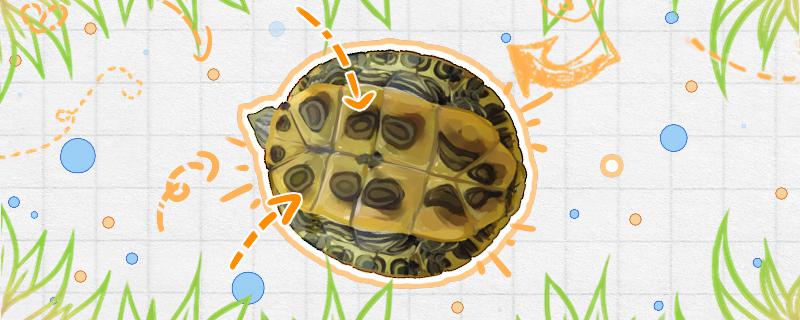
1, eye: The eye of Brazilian tortoise is absolutely cannot be touched, because the eye of Brazilian tortoise and the eye of the person are different, although it can close an eye, but their eye cornea is convex and round, compare with the person, crystalline lens is more round, and ciliary muscle is very developed. The viewing distance can be adjusted by adjusting the curvature of the crystal. Touching their eyes can easily cause inflammation and other symptoms.
2. Root of the limbs: The root of the limbs is a sensitive part of the Brazilian tortoise. If the owner interacts for a long time, it doesn't matter to touch it occasionally. If you are just starting to breed, try not to touch here, it is easy to frighten them.
3. Abdomen and tail: Although the abdomen and tail are not as sensitive as the deep limbs, touching them here will make them feel insecure and prone to stress reactions.
with Brazilian tortoises Brazilian tortoises are more lively tortoises, so they are easier to interact with their owners. Breeders can gently touch their backs before feeding them, and then give them food. Over time, they will get used to the touch of their owners. Or ring the bell before feeding, wait for them to see the bell before feeding it, usually about half a year of training, they will actively swim to find food when they hear the bell.